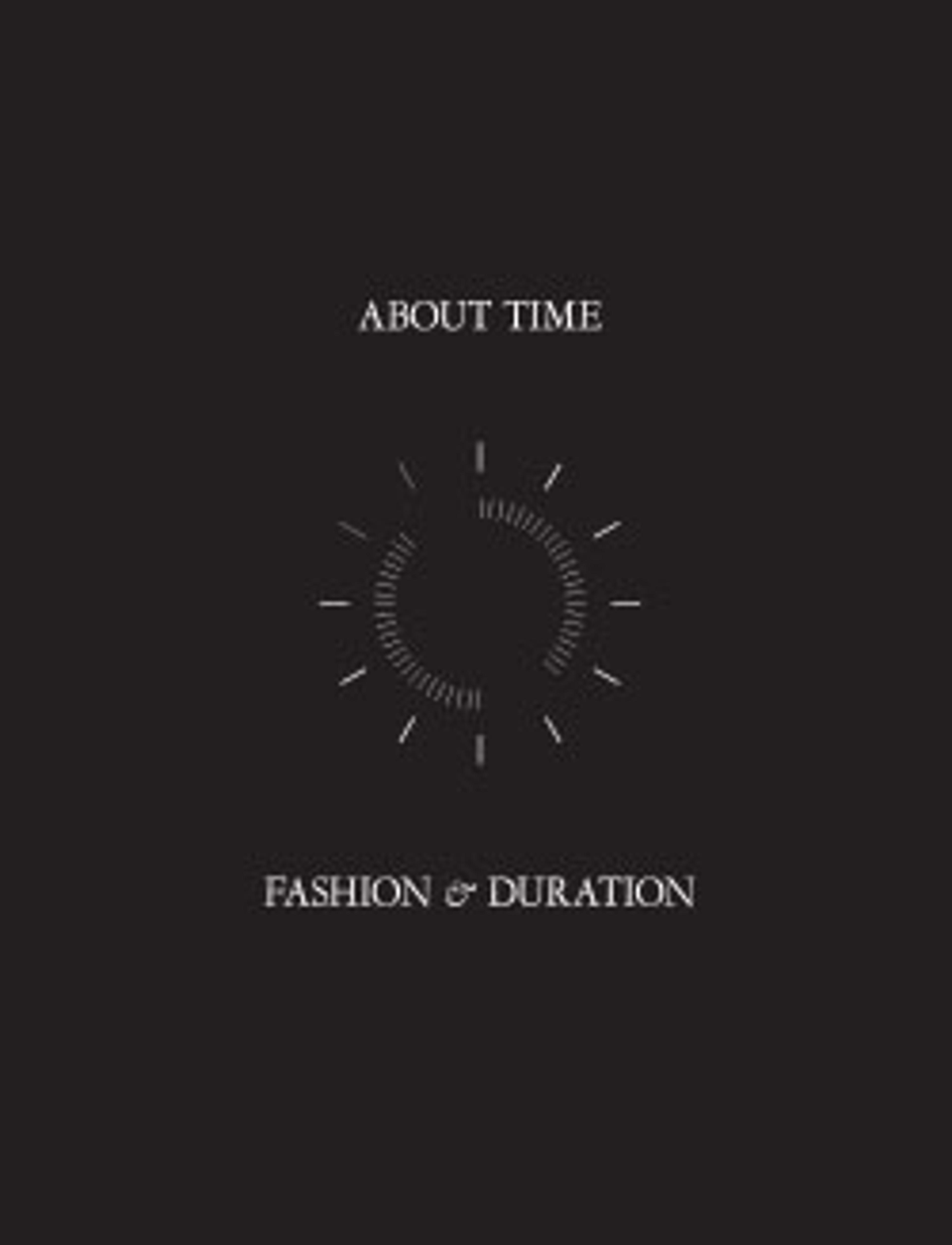Dress
Both celebrated and censured for their heightened sensuality, the designs of Gianni Versace epitomized a branch of Italian style redolent with glitz, flash, and celebrity that rose to prominence during the 1980s and 1990s. This infamous take on the little black dress, among the house’s most iconic pieces, is deceptively well structured, despite the effortless cling conveyed by the fabric. The deep V neck and exposed sides are both supported with lines of boning, while the bust is lightly padded. By 1994, when a punk revival was underway in fashion, the kilt pins that bridge the seductive gaps in this garment had come to replace the safety pin that signified the 1970s movement. This luxurious interpretation of the pin, however, is entirely in the Versace vernacular: gilt and topped with crystal-encrusted Medusa-head closures.
Artwork Details
- Title: Dress
- Design House: Gianni Versace (Italian, founded 1978)
- Designer: Gianni Versace (Italian, 1946–1997)
- Date: spring/summer 1994, edition 2016
- Culture: Italian
- Medium: silk, metal, synthetic
- Credit Line: Gift of Donatella and Allegra Versace, in honor of Harold Koda, 2016
- Object Number: 2016.633
- Curatorial Department: The Costume Institute
More Artwork
Research Resources
The Met provides unparalleled resources for research and welcomes an international community of students and scholars. The Met's Open Access API is where creators and researchers can connect to the The Met collection. Open Access data and public domain images are available for unrestricted commercial and noncommercial use without permission or fee.
To request images under copyright and other restrictions, please use this Image Request form.
Feedback
We continue to research and examine historical and cultural context for objects in The Met collection. If you have comments or questions about this object record, please complete and submit this form. The Museum looks forward to receiving your comments.
